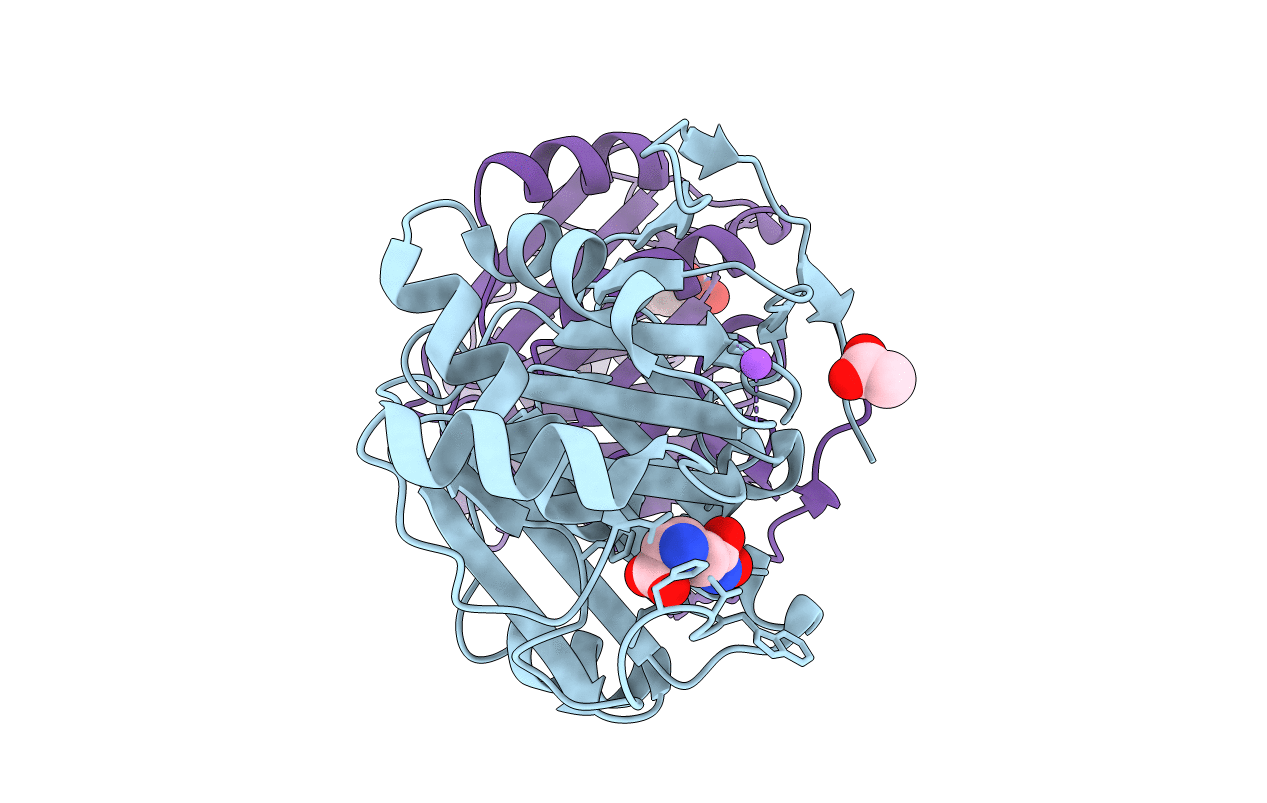
Deposition Date
2004-09-14
Release Date
2004-09-28
Last Version Date
2023-08-23
Entry Detail
PDB ID:
1XFG
Keywords:
Title:
Glutaminase domain of glucosamine 6-phosphate synthase complexed with l-glu hydroxamate
Biological Source:
Source Organism:
Escherichia coli (Taxon ID: 562)
Host Organism:
Method Details:
Experimental Method:
Resolution:
1.85 Å
R-Value Work:
0.15
R-Value Observed:
0.15
Space Group:
P 21 21 21


